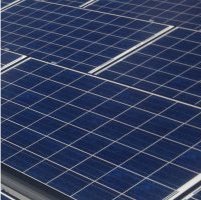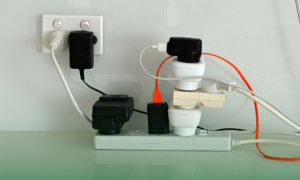A new report estimates the electricity consumption of Australia’s universities has almost doubled in a decade – and it will only increase.
The Australian reports research from the Clean Energy Finance Corporation (CEFC) indicates Australia’s universities are spending up to $720 million a year on electricity and missing out on opportunities to lower energy costs through the implementation of solar panels and energy efficiency strategies.
“The sliding performance is partly because of expanding student numbers and power-hungry research facilities. But it is also a result of conservative infrastructure agendas and a debt-averse mindset,” writes The Australian’s higher education reporter, John Ross.
Some Australian universities have already embraced solar power and are reaping the benefits.
A 150kW solar power system installed at the University of Wollongong’s Sustainable Buildings Research Centre (SBRC) is generating an estimated 197 MWh of clean electricity a year and saving the University approximately $31,300 annually.

Last year, a 100kW installation on Wilson Hall at the University of Melbourne was completed, which is delivering approximately 124.8 megawatt hours of clean electricity annually. Additionally, the system is offsetting 105 tonnes of carbon emissions per annum. UoM also has more solar capacity on the way.

Other Australian institutions that have rolled out solar projects or are in the process of doing so include the University of New England and University of Queensland.
If a university wishes to go solar, it doesn’t necessarily mean outlaying a significant amount of money up front or going into debt to do so. A solar PPA (Power Purchase Agreement) may be an option.
A solar PPA is a long term contract to purchase electricity generated by a solar power system installed at the client’s premises and usually involves zero capital outlay. In addition to savings on electricity, a solar PPA also removes the burden of ownership.
However, the CEFC says debt financing can be an appropriate funding mechanism as large solar projects may have high capital outlays, but also offer low ongoing costs and guaranteed long-term savings.
The new CEFC report wasn’t yet available on the Corporation’s web site at the time of publishing.














































